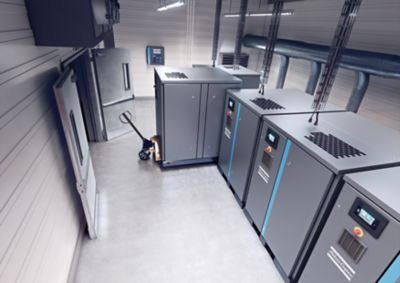How to make the right choice in buying an industrial chiller
1. Why the right choice of chiller is important
2. Specifying a chiller installation
3. Process fluid performance
4. Cooling fluid temperature
5. Process flow & pressure requirements
6. Cooling fluid temperature
7. Chiller operating environment
8. Why size is important
9. Maintenance, safety & control
A brief overview of the guide
In recent times there have been major advances and innovations in the design, performance, and efficiency of industrial chiller concepts. The significance of these developments is included in this guide.
1. Why the right choice of chiller is important
When a chiller is introduced into the system, it can bypass the costs and need for a monitored, municipal water supply and wastewater discharge, and contribute to substantial savings within production budgets.
2. Specifying a chiller installation
When specifying a chiller installation, a working knowledge of chiller performance factors is crucial to obtaining the right product fit.
3. Process fluid performance
The main factors to bear in mind when considering the appropriate cooling fluids for a process are their performance characteristics and their equipment compatibility.
4. Cooling fluid temperature
The setpoint temperature will affect the cooling capacity of a chiller. There is a direct relationship between the temperature at which the chiller has been set and its total cooling capacity.
5. Chiller operating environment
An air-cooled chiller’s ability to dissipate heat is affected by the ambient temperature. In order to maintain the proper ambient air temperature, it is important to provide adequate air circulation space around the chiller. Without proper airflow, recirculation of an inadequate volume of air rapidly heats it up.

